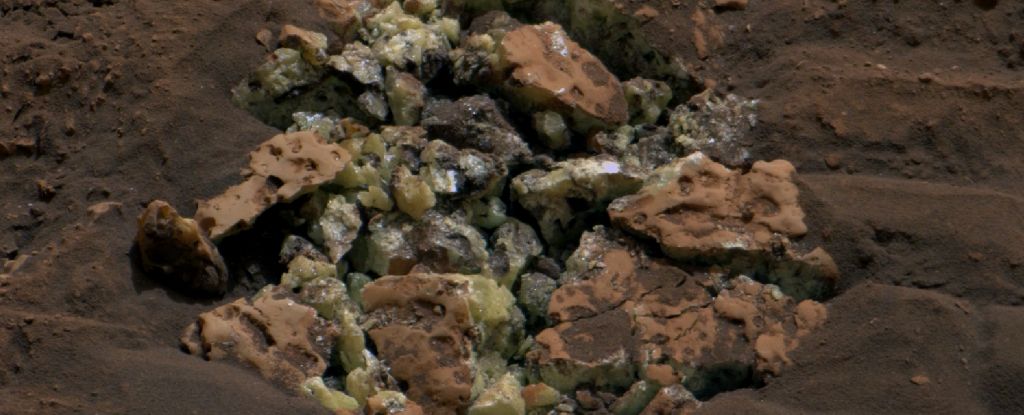You just drank a cup Coffee at your favorite cafe. Now you are in front of a garbage can, a recycling bin and a compost bin. What is the most eco-friendly way to do with your mug?
Many of us would opt for the paper bin – but This is often the wrong choice. To hold liquids, most paper coffee cups come with a thin plastic liner, making these materials difficult to separate and recycle.
In fact, the most sustainable option doesn’t exist at the trash can. This happens earlier, before you are even handed a disposable cup.
In our research too waste behavior, sustainability, engineer design And decision makingWe examine what US citizens understand about the effectiveness of different waste management strategies and which of these strategies they prefer.
In two US nationwide surveys we conducted in October 2019 and March 2022, we found that people Waste reduction and reuse are neglected in favor of recycling. We call this tendency “recycling bias” and “reduction neglect”.
Our findings show that decades of efforts to educate the US public about recycling have succeeded in some respects but failed in others. These efforts have made recycling an option that consumers consider important – albeit to the detriment of more sustainable options. And it hasn’t made people more effective recyclers.
A global waste crisis
Experts and advocates largely agree that people around the world generate waste at levels that do uncontrollable and unsustainable. Microplastics pollute the earth most remote regions And accumulate in the human body and animals.
The production and disposal of goods is a major source of greenhouse gas emissions and poses a threat to public health, particularly for vulnerable communities You receive large amounts of waste. New research suggests that plastic still produces when it’s recycled Amazing amounts of microplastic pollution.
In June 2023, given the scale and urgency of this issue, the United Nations convened talks with government officials from around the world Start drafting a legally binding pact The aim is to curb harmful plastic waste. There are now many US cities and states Ban on single-use plastic products or limit their use.
Upstream and downstream solutions
Experts have long recommended tackling the waste problem by prioritizing source reduction strategies that prevent waste generation in the first place, rather than attempting to manage and mitigate the impacts later.
The US Environmental Protection Agency and other well-known environmental organizations such as the UN Environment Program use a framework called the waste management hierarchy, which ranks strategies from the most environmentally sound to the least preferred.
The well-known waste management hierarchy urges people to follow “reduce, reuse, recycle” in that order. From a sustainability perspective, making recyclable items is better than burning them in an incinerator or burying them in a landfill, but it still uses energy and resources.
In contrast, reducing the generation of waste conserves natural resources and avoids other negative environmental impacts throughout a product’s lifetime.
R is out of place
In our surveys, participants answered a series of questions and tasks that asked for their views on different waste strategies. In response to open questions about the most effective way to reduce landfill waste or to solve environmental problems related to waste, the participants predominantly cited recycling and other downstream strategies.
We also asked people to rate the Environmental Protection Agency’s four strategies Waste management hierarchy preferred from most to least environmentally friendly.
In that order, they include source reduction and reuse; recycling and composting; energy recovery, e.g. B. Waste incineration for energy production; and treatment and disposal, typically at a landfill. More than three out of four participants (78%) misaligned the strategies.
When asked to rank the reduce/reuse/recycle options in the same way, participants performed slightly better, but nearly half (46%) still got the popular term wrong.
Finally, we asked the participants to choose between just two options – waste prevention and recycling. This time over 80% of the participants agreed that waste prevention is much better than recycling.
Poorly recycled
While our participants used recycling as a waste management strategy by default, they did not implement it very well.
This is not surprising given that the current US recycling system requires consumers to separate recyclable materials and keep contaminants out of the bin.
What can be recycled varies greatly from community to community, and this standard can often change as new products are introduced and markets for recycled materials shift.
In our second study, participants were asked to sort common consumer products into virtual recycling, compost, and garbage bins, and then to rate their confidence in their choice.
Many people mistakenly — and often self-consciously — throw common recycling contaminants, including plastic bags (58%), single-use coffee cups (46%), and lightbulbs (26%), into the virtual recycling bins.
This is known as desired cycling – Put non-recyclable items into the recycling stream in the hope or belief that they will be recycled. Wishcycling creates additional costs and problems for recyclers who need to sort the materials, and sometimes results in otherwise recyclable materials being landfilled or incinerated instead.
Although our participants had a strong fondness for recycling, they weren’t confident it would work.
Respondents to our first survey were asked to estimate how much plastic has been recycled since plastic production began. According to a commonly cited estimate, the answer is: only 9%.
Our respondents estimated that 25% of plastic was recycled – more than expert estimates, but still a small amount. And they’ve rightly argued that much of it ended up in landfills and the environment.
Empower consumers to reduce waste
Post-consumer waste is the result of a long supply chain with environmental impacts at every stage. However, US policy and corporate discourse focuses on consumers as the primary source of waste, as implied by the term “post-consumer waste”.
Other approaches place more responsibility on manufacturers by requiring them to do so take back their products for disposal, Coverage of recycling costs and design and produce goods that are easy and effective to recycle.
These approaches are used in some sectors in the US, including lead-acid automotive batteries and consumer electronics, but are largely voluntary or mandated at the state and local levels.
When we asked participants in our second study where changes could have the greatest impact and where they felt they could have the greatest impact as individuals, they rightly focused on upstream interventions.
But they felt they could only influence the system by what they bought and how they then disposed of it – in other words, by acting as consumers and not as citizens.
As waste-related pollution increases around the world, businesses continue to increase Shaming and blaming consumers rather than reducing the amount of single-use products they manufacture.
In our view, recycling is not a license for overproduction and consumption of goods, and it is time the US stopped treating it as such.
Michaela BarnettFounder, KnoxFill, University of Virginia; Leidy KlotzAssociate Professor of Engineering and Co-Director of the Convergent Behavioral Science Initiative, University of Virginia; Patrick I Hancockpostdoc, University of VirginiaAnd Shahzeen AttariAssociate Professor of Public and Environmental Affairs, Indiana University
This article was republished by The conversation under a Creative Commons license. read this original article.





